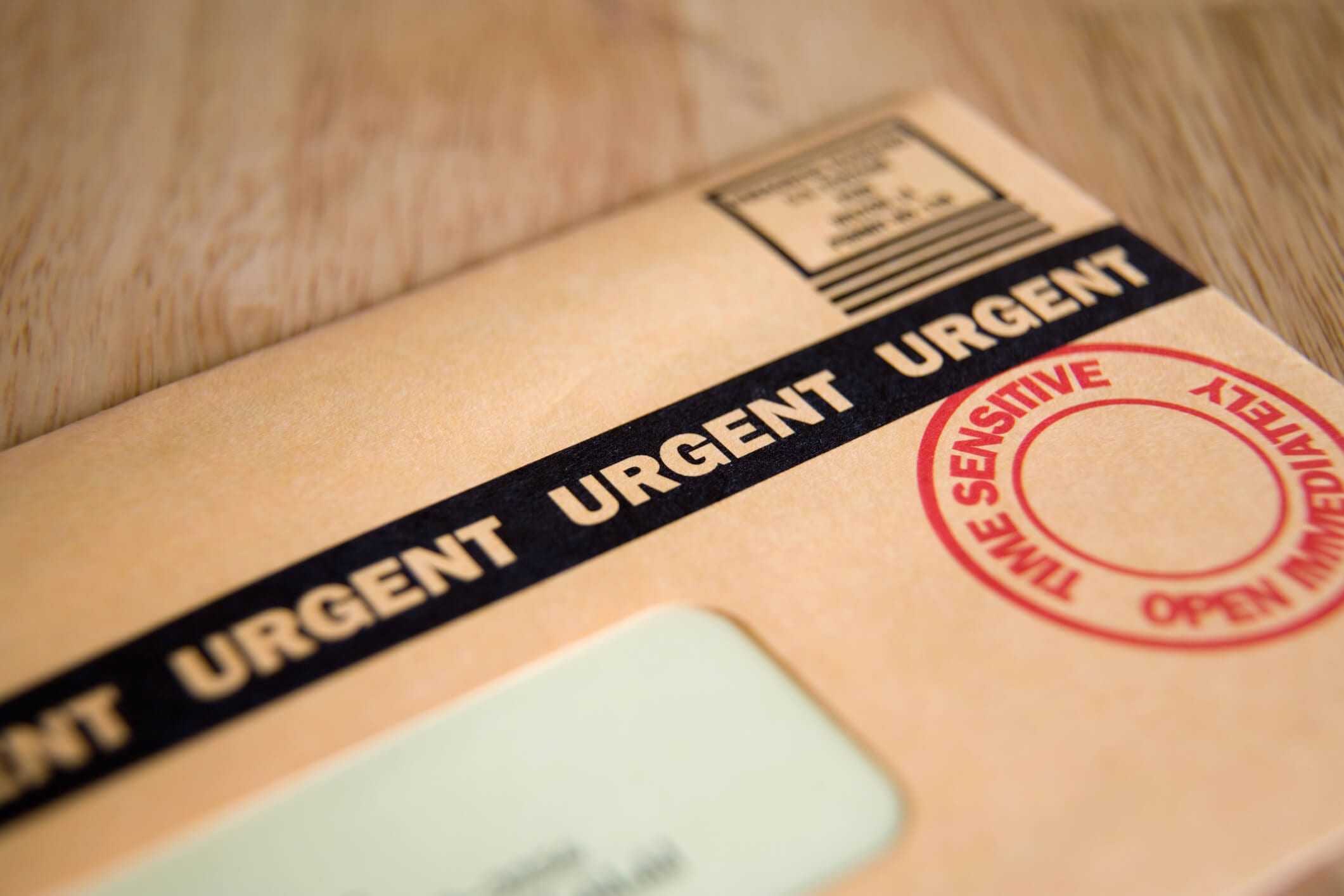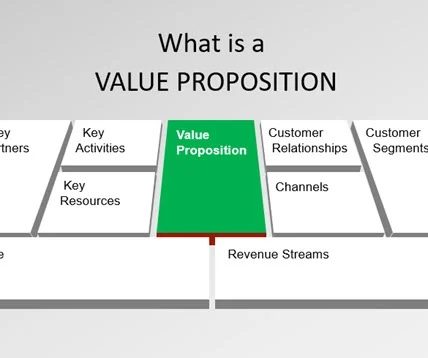It’s still possible to reach your target audience via direct mail and print advertising. The difficulty, however, lies in inspiring them to read it and act upon it. The CTA is the prompt for the desired behaviour.
There are typically five different calls to action used in print. Having a thorough understanding of all of them will aid you in crafting better content that more effectively achieves your desired marketing outcomes. The following are the items:
Send to URL to Purchase
In the modern business world, the most common type of call to action is to direct potential customers to a particular website in order to make a purchase. The landing page’s full URL can be used, or a shorter, more manageable version can be used instead. The use of a QR code can even make typing unnecessary.
When designing a call-to-action for your printed materials, keep in mind the full scope of your sales process. When you make a purchase request, you either assume or know that the person responding is in the market to make a purchase.
Either you’ve already had contact with the prospect or the information provided in your printed materials is comprehensive enough to answer all of their questions and guide them through the sales process.
People today have access to a wealth of information and often do extensive research before making a purchase. If you want to close a sale quickly, it’s important to give potential buyers as much information as possible, whether that’s through your marketing materials, your website, or over the phone.
Visit the Website to Learn More
In the business-to-business sector, sending potential customers to a landing page with more information about an offer is one of the most common calls to action for printed materials and banners such as those offered by Printroom Customer Banners and other print marketing businesses.
The significance of the sales cycle was just discussed. Your direct mail recipient is probably curious about something after reading your message. They may be interested after reading the mailer and having their initial questions answered, but they will likely want more details.
There is a widespread expectation that information can be found on the internet nowadays. Take your potential customers through the sales process by sending them to a series of landing pages you’ve created. It’s a step toward monitoring the response rate of your mailing.
Call Now for More Information
Even in B2B sales, some customers like to talk on the phone before making a final decision. They’d rather not waste their time and energy going to your website in the off chance that they’ll find what they need there. They’ll have inquiries, and it’s usually best if they can get in touch with a human at your company directly to get answers.
If that’s the case, the printed material needs to feature a separate phone number. Make sure to assign a unique identifier to each mailer or banner in order to monitor their individual performance. If someone is interested in your product or service, you can direct their call to your call centre or answer it yourself.
Complete a Web Form
Landing pages are something we’ve discussed before, and we’ll do so again. Landing pages can be used for both online and offline advertising. The landing page web form is one method that can be used with either method.
Offering a price cut is a great way to increase your appeal to potential customers. In order to receive the discount, the customer must fill out the form.
Guides, white papers, and other types of content also make use of forms. You can collect data like email addresses, company info, etc. by directing people to a web form in direct mail pieces that promote content.
Visit for a New or Unique Offer
Last but not least, a compelling call-to-action for print should highlight an exclusive deal. Perhaps you’re using print as a means of advertising something you’ve created. Whatever it is you’re trying to get the word out about – a new service, new product, or new add-on item – you can send interested parties to your shop or main website.
This is similar to the second point but is crucial when introducing brand-new services, products, or deals. The promise of novelty is an inspiring motivator. Many successful print marketing campaigns have relied on the tried-and-true method of promoting new products with the use of banners, catalogues, etc.
Conclusion
After receiving your direct mail and print marketing materials, there are a number of ways to encourage prospects to act. The key is to create a call to action that is so compelling that they can’t resist taking the next step, which in this case would be to accept your valuable offer.









